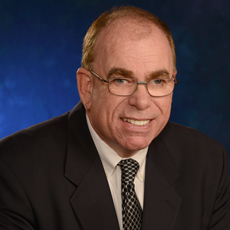
Long-term care operators have many good reasons to keep resident falls to an absolute minimum.
First and foremost, falls are no fun for anyone involved. Residents who fall will experience pain and likely suffering. Staff morale can be adversely affected by such incidents. And falls are unlikely to do anything good for your organization’s reputation.
But if you’re strictly a bottom-line kind of operator, such namby-pamby, touchy-feely concerns may not mean much. So perhaps this will: Falls can cost a fortune.
A report from CNA finds that falls accounted for 41.5% of closed professional liability claims against the skilled care and assisted living operators the firm insured in 2012 and 2013. In case you’re wondering, the second place finisher — pressure ulcers — represented only 17.5% of closed claims.
Considering that a handful of Ebola cases are practically causing a national panic, it’s amazing how blasé we’ve become about the damage that falls inflict.
The Centers for Disease Control & Prevention estimates that approximately 1,800 older adults living in nursing homes die each year from fall-related injuries. Those who survive frequently sustain injuries that result in permanent disability and reduced quality of life. Moreover, up to three-quarters of all nursing home residents fall each year. And many of the same residents fall more than once. In fact, the average is 2.6 falls per person each year, the CDC notes.
To be fair, people walking into (or more often are being delivered to) nursing homes are hardly in peak physical condition. They are generally older and frailer than most, they have more chronic conditions and are more prone to dementia. And by the way, they are also the most likely cohort to have trouble walking. So under the best of circumstances, providers have their work cut out.
But we’d be kidding ourselves if we didn’t believe there is a plenty of room for improvement. The CDC recommends that providers do the following:
- Educate staff about fall risk factors and prevention strategies
- Assess patients after a fall to identify and address risk factors and treat the underlying medical conditions
- Review prescribed medicines to assess their potential risks and benefits and to minimize use
- Make changes in the nursing home environment to make it easier for residents to move around safely. Such changes include putting in grab bars, adding raised toilet seats, lowering bed heights, and installing handrails in the hallways
- Provide patients with hip pads that may prevent a hip fracture if a fall occurs
- Use exercise programs to improve balance, strength, walking ability, and physical functioning among nursing home residents
- Teach residents who are not cognitively impaired behavioral strategies to avoid potentially hazardous situations is a promising approach
In another helpful development, the National Council on Aging was recently awarded a grant from the Administration for Community Living (ACL) to establish the country’s first National Falls Prevention Resource Center. Specifically, the NCOA will:
- Provide expert guidance, leadership, and resources for consumers and professionals
- Serve as a national clearinghouse for best practices for implementing evidence-based falls prevention programs
- Establish national leadership and technical assistance structures to scale and sustain successful programs
“Falls are not an inevitable part of growing older,” NCOA President James Firman said in a release. While some operators may not completely agree with that statement, there’s no denying that fall prevention is a goal we should all embrace.



